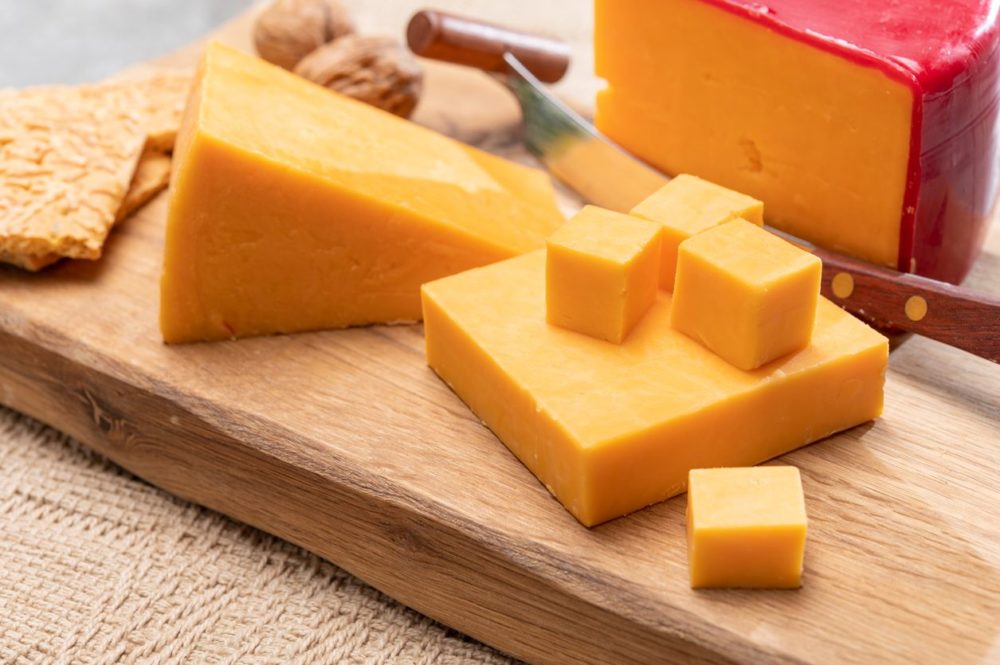Big Meat and Big Dairy are a Big Problem when it comes to biodiversity loss, says new research from investor network FAIRR.
These industries’ failures to manage their impact on biodiversity could undermine key targets in the Paris Agreement for Nature — the UN’s global framework for halting biodiversity loss that will be discussed this week at Cop15, the United Nations convention on biodiversity in Montreal, Canada.
FAIRR’s findings come from its fifth annual Coller FAIRR Protein Producer Index, which assesses ESG factors of the world’s biggest animal protein producers.
The meat and dairy sector “performs very poorly on three biodiversity metrics” that are key to the Paris Agreement for Nature: deforestation, nutrient pollution and freshwater conservation. FAIRR calls these industries “unprepared” to meet the targets in the deal.
So what?
Thanks to alterations of land and ocean by humans, we’ve lost about 83% of wild mammal biomass and half of the world’s plant biomass, according to the latest Intergovernmental Science-Policy Platform on Biodiversity and Ecosystem Services (IPBES) report. Extinction threatens more than 1 million plant and animal species.
The global food system, including industrial animal agriculture, is the main driver of this biodiversity loss. Citing just one example, Jeremey Coller, chair of the FAIRR initiative, noted in a statement that “industrial animal agriculture is the number one cause of deforestation and the number one user of fresh water globally.”
He added that a global agreement on nature at COP15 would see the intensive animal agriculture industry face increased regulatory, legal, tax and reputational risks.”
So far, this hasn’t happened. In fact, the world has missed every single single target laid out at 2010’s COP10 biodiversity conference. What’s more, it’s missed such targets for the second decade in a row.
Meanwhile, some experts are calling COP15 our last chance to reverse the decline of nature.
Cop15 at a glance:
Cop15 is the latest United Nations convention on biodiversity, which happens once every 10 years. Leaders from around the world will gather in Montreal to negotiate the UN’s post-2020 global biodiversity framework for the 2020s decade.
The framework is meant to provide a global roadmap for conservation, protection, restoration and management of biodiversity and ecosystems. Negotiators at Cop15 will agree on a final package of topics.
Cop15 was originally scheduled to take place in 2020. Needless to say, it was postponed several times over because of the Covid-19 pandemic.
FAIRR’s key findings:
Each year, the FAIRR Index assesses 60 publicly-listed animal protein producers on environmental, social and governance (ESG) factors. These companies supply some of the world’s biggest food retail chains, making their geographical footprint massive both in terms of distribution and production.
Overall, the Index looked at 49 meat, dairy and egg companies and 11 aquaculture companies.
FAIRR’s findings relate to three of the proposed targets in the post-2020 global biodiversity framework:
- Target 2, protecting freshwater and related ecosystems: FAIRR’s index says 87% of meat, egg and dairy firms, including Maple Leaf and Cal Maine Foods, don’t assess if their farms are in water-stressed areas.
- Only two companies, Marfrig and WH Group (owners of Smithfield), provide feed farmers with assistance for managing water availability and risk.
- Target 7, reducing pollution, including nutrients lost to the environment, by at least half: FAIRR finds that most (83%) of producers do not require their suppliers to have management plans preventing nitrogen and phosphorus from animal waste polluting waterways. The index highlights JBS and Tyson.
- Antibiotic waste is another problem, with 70% of Index companies posing a risk to ecosystems.
- Target 8, to minimize climate change’s impact on biodiversity: Deforestation is the main topic here, but at least 60% of Index companies source soy for their animal feed from areas at high risk of deforestation; these companies have not yet set deforestation targets.
- “Even high-street brands like Nestlé and McDonald’s with strong deforestation commitments continue to use suppliers such as Fujian Sunner and New Hope that do not track deforestation,” says FAIRR.
- Of the 60 animal protein producers assessed by the FAIRR index, Norway’s Mowi ASA has the best ESG-related performance. Fortune Ng Fung Food from China is ranked worst, though FAIRR notes that overall there has been year-on-year improvement with Chinese companies.




